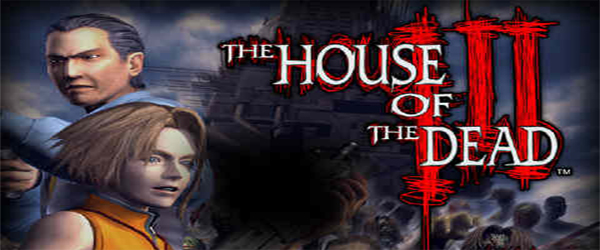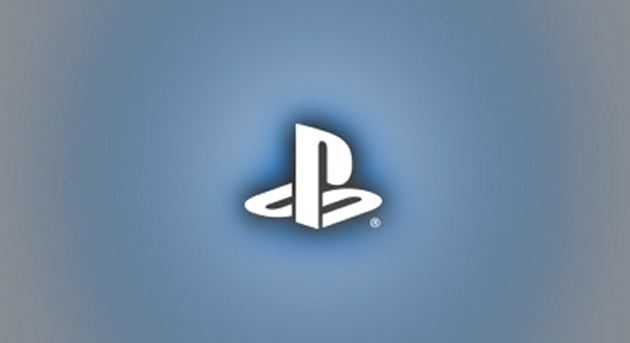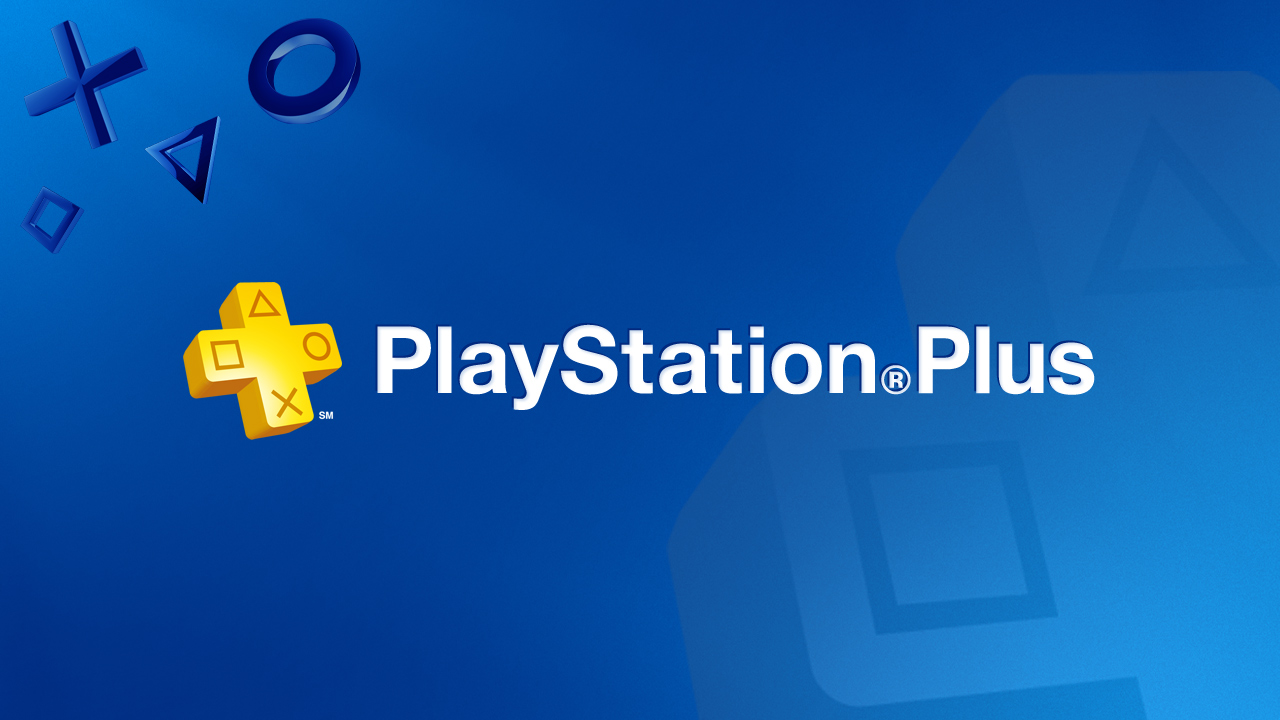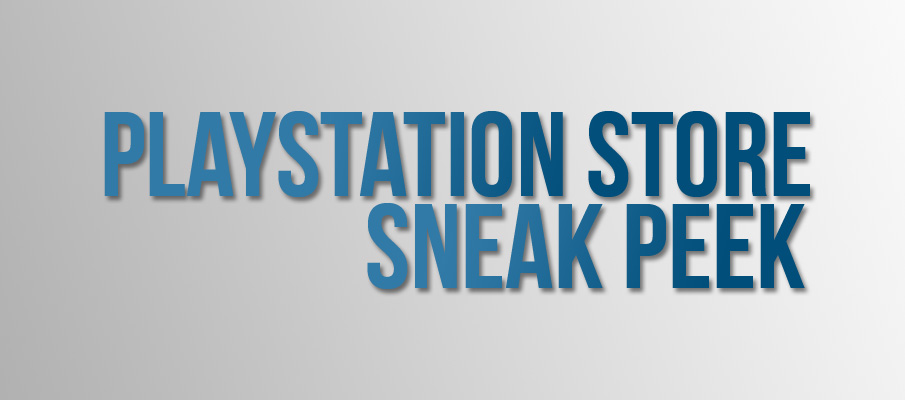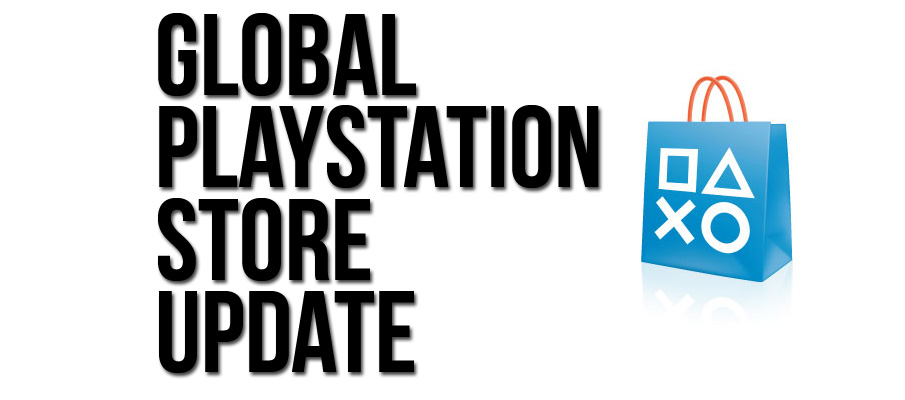
Review – Blacklight: Tango Down
Posted by Eric G on November 4th, 2010 | 2 Comments | Tags: Blacklight: Tango Down , Reviews
Developer: Zombie Studios
Publisher: Ignition Entertainment
Release Date: October 26th
Availability: 

Price: $14.99 | £9.99 | €12.99
Demo: Yes
Players: 1-16 (Online)
Rating: Teen
What I Liked:
Wide variety of multiplayer match types
Hyper Reality Visor is great
Weapon customization
What I Disliked:
Little single player appeal
The wait is over. Last week marked the long-awaited release of Zombie Studios’ Blacklight: Tango Down on the PlayStation Network. The game had released on the XBLA back in July, and PSN users have been bitching about its delayed release since. To be honest, when we heard that the game will be releasing on October 26th, I wasn’t the slightest bit thrilled. I threw myself at the opportunity to review it, though, because I wanted to know what a highly acclaimed digitally distributed FPS brought to the table. I’m happy to say that Blacklight: Tango Down is a solid FPS, and provides more bang for your buck than most disc-based games.
I didn’t have the best first impressions of BTD. When I started up the game, I skipped past all of the menus and joined a quick Deathmatch game. I quickly found a game and played a few rounds. Okay, I thought, it’s your run-of-the-mill futuristic FPS. Leveling up is cool, but what else does the game have to offer? The next time I played, I skipped the field locker, options, and controls menus again. It’s an FPS; I know how the controls work in an FPS. After playing for a while, I decided to check out the control scheme. The loading screens keep using the acronym “HRV,” and it’s probably about time I found out what that was.
The Hyper Reality Visor is mapped to the up button on the D-Pad. When you activate the HRV, buildings and other obstructions become transparent and important things are highlighted. This includes health stations, ammo caches, objectives, and, most importantly, enemies. The HRV is what makes BTD a unique FPS (acronym-overload, BSoD initiated). It’s an alternative to the often-used mini-map radar system, and I’ve got to say, it’s a very impressive feature. It will take a bit of time (and several in-HRV deaths) to figure out when it’s appropriate to activate the HRV. It may seem like a control scheme mishap to have the HRV mapped to the D-Pad, but it isn’t. You have to surrender your ability to move for a second to activate it, but what you’re getting in return is a full-on recon of the entire map. Plus, you can deactivate it by pressing the fire button, something your index finger should never be out of touch with. The HRV has a cooldown that’s based on how long you keep it activated (the less time it’s on, the less time it takes to recharge) and what your weapon loadout is.
The weapon loadout system is highly customizable. There are four loadout options that are selectable in-game. If you’re getting taken to school using the SMG loadout, for instance, you can switch to your Sniper presets and camp to your heart’s delight. Within the loadout, in between matches, you’re able to mix and match gun parts that you unlock through leveling up in the main game. Each part affects your character’s attributes, including speed and health. This allows you to play the game how you want to play it. There is also an option to add one of over 100 weapon tags to your gun. I didn’t realize it at first, but the tags (which look like cellphone charms) also affect your overall stats. Some charms boost max health, others decrease HRV cooldown, and the list goes on. On the other hand, your character isn’t nearly as customizable. There are a handful of armor unlocks to obtain, but besides for that you can’t change the way you look. That’s a minor complaint, though, since the game moves so quickly that you hardly even see your own avatar.
Blacklight: Tango Down is a very fast-paced FPS. When you’re downed, respawning takes all of 3 seconds. When the match ends, the leaderboard is posted for 10 seconds, then everyone in the match is transported to an intermission lobby. Intermission lasts 2 minutes, which is just enough time to edit loadouts, take a bio break, or respond to that PSN message you received mid-match. Also, the HRV cuts down on any campers delaying the game in certain game types. There are several different game modes. Most of them are familiar, if only their names are foreign. Deathmatch, Team Deathmatch, Last Man Standing, and Last Team Standing are all self-explanatory. Retrieval is a CTF game type with a canister in the place of a flag. Detonate is a reverse CTF game type in which both teams try to set a bomb in the opposing team’s base. There’s only one bomb here, and either team can pick it up, so the rounds take a bit of time to conclude. They’re also quite a bit of fun. Domination is probably the most popular game type besides for Deathmatch. In Domination, there are a set number of computers (usually 3) on the map. Each of these points can be captured by either standing in the vicinity of the computer or hacking it. The hacking minigame consists of playing Simon Says. You wait for the computer to show you a four-button pattern, then repeat the pattern as quickly as possible. This results in an instant takeover of the point. (An alternative of the hacking minigame is used to set bombs in Detonate.) The ability to hack the computers in order to take over points adds a great deal of intensity to the game type, as you’ll likely be under fire while trying to cap a point.
All of the game types are played on the same dozen (baker’s dozen for PSN users) maps. I’m not sure if that’s a good or bad thing. On the good side, it doesn’t take too long to get familiar with all of the maps, which cuts down on the time it takes to become a legitimate competitor. It also encourages you to try different game types in order to vary your experience with the game. On the bad side, things may get a bit stale after a while. The maps are very well designed, though, so I’m not worried about the whole experience getting boring. One map, Derailer, has multiple levels; one of which is an underground train station. In Domination, I was constantly dodging oncoming trains underground and hacking the other team’s main computer.
All in all, Blacklight: Tango Down is an excellent FPS that benefits from the fact that it’s a downloadable title. There are only a couple of drawbacks I found in playing the game all week. The first is that the game gets mighty lonely when playing alone. There are a handful of missions that can be played solo, but they are a lot more fun when played with a few buddies. My only other concern is that BTD relies heavily on its community. Deathmatch, Team Deathmatch, and Domination games are easy enough to find at most hours, but you’ll have to play at the busiest times to play a full game of some of the other modes. I can only imagine the community will thin after CoD-Day, which is a shame. If the game had released earlier, it would undoubtedly have been enough to hold over CoD players until November. As it stands, Blacklight: Tango Down is a great alternative FPS experience for a quarter of the big boys’ prices.
Click Here to purchase Blacklight: Tango Down from Amazon.com

For more information on our reviews, read our Review Policy.





